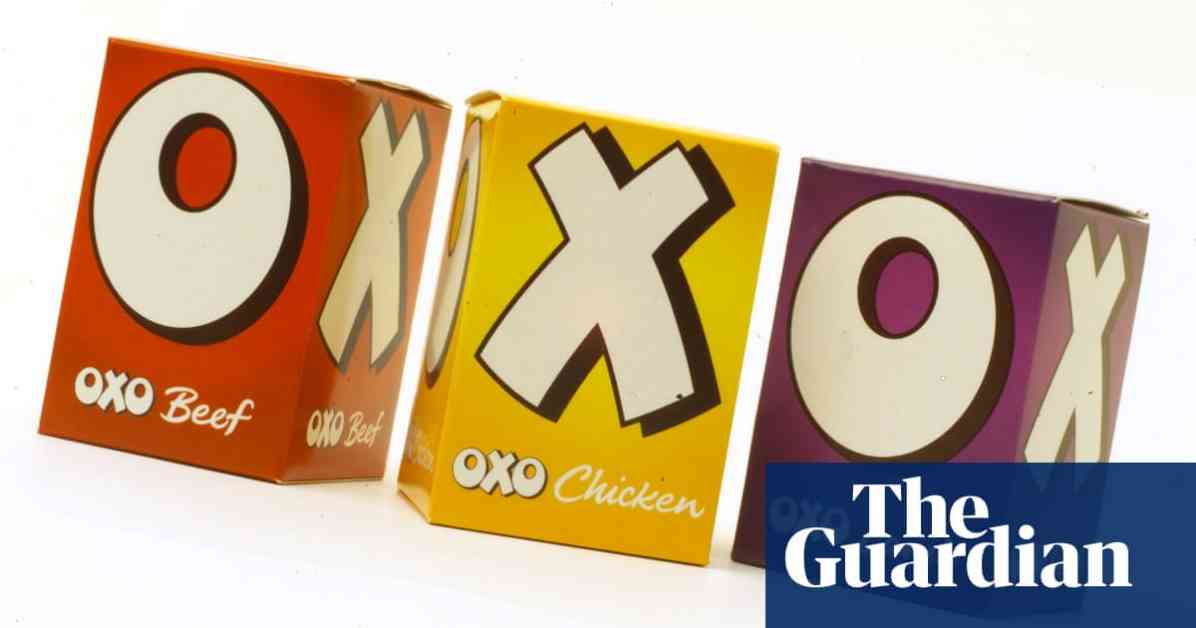I recently stumbled upon a fascinating twist on the classic game of noughts and crosses (known as Tic-tac-toe in the US) that adds a fun and challenging element to the gameplay. In this variant, players are allowed to place either an X or an O on each turn, giving them the flexibility to switch between symbols throughout the game. This unique twist not only adds excitement to the traditional game but also introduces strategic elements that can test players’ skills in a new way.
The rules of the game are simple: players take turns placing either an X or an O on the grid, with the objective of being the first to create a line of three of their symbols in a row. However, the ability to switch between symbols adds an extra layer of complexity to the game, making it more engaging and dynamic than the standard version of noughts and crosses.
One of the main reasons why traditional noughts and crosses can become dull quickly is because it often leads to draws between two competent players. However, in this ‘naughty’ variant of the game, the player going first can always secure a win if they play strategically. This unique feature sets it apart from the classic version and provides a new challenge for players looking to test their strategic thinking and problem-solving skills.
To illustrate how the game plays out, let’s consider an example game between a red and a blue player. Player 1 starts by placing an X on the grid, followed by Player 2 also placing an X in a strategic position. As the game progresses, players must carefully consider their moves to ensure they don’t fall into a losing position. Ultimately, the player who can outwit their opponent and create a winning line of three symbols will emerge victorious in this challenging twist on a classic game.
If you’re interested in exploring this unique variant of noughts and crosses, I recommend giving it a try with a friend or family member to experience the excitement and strategic depth it offers. Playing a few rounds will help you get a feel for the game and appreciate the clever twist that rejuvenates this timeless classic.
In addition to the ‘naughty’ noughts and crosses puzzle, there are countless other variants of classic games that offer new challenges and experiences for players. Whether it’s a unique twist on chess, a different set of rules for Monopoly, or a fresh take on Scrabble, exploring these variations can provide hours of entertainment and intellectual stimulation for players of all ages.
If you’re looking for more puzzling challenges and brain teasers to test your skills, I recommend checking out John Driscoll’s book, “A Hen and a Half: Intriguing Conundrums, Confusing Paradoxes, Baffling Conjectures, and Challenging Puzzles.” This quirky book is full of entertaining material that will keep you engaged and entertained as you navigate through a variety of mind-bending puzzles and conundrums.
For avid puzzle enthusiasts and problem solvers, my new book, “Think Twice: Solve the simple puzzles (almost) everyone gets wrong,” offers a collection of engaging puzzles and brainteasers that will put your thinking skills to the test. Whether you’re a seasoned puzzle solver or a newcomer to the world of mind games, this book provides a fun and challenging experience that will keep you entertained for hours on end.
In conclusion, the ‘naughty’ noughts and crosses puzzle adds a fun and challenging twist to the classic game, offering players a new way to test their skills and strategic thinking. By allowing players to switch between symbols on each turn, this variant introduces an element of unpredictability and excitement that keeps the game fresh and engaging. Whether you’re a casual player looking for a fun pastime or a serious gamer seeking a new challenge, this unique twist on a beloved classic is sure to provide hours of entertainment and intellectual stimulation. So gather your friends and family, set up the grid, and get ready to put your strategic skills to the test in the exciting world of ‘naughty’ noughts and crosses.


